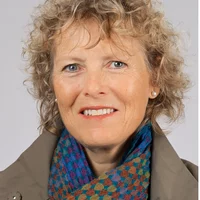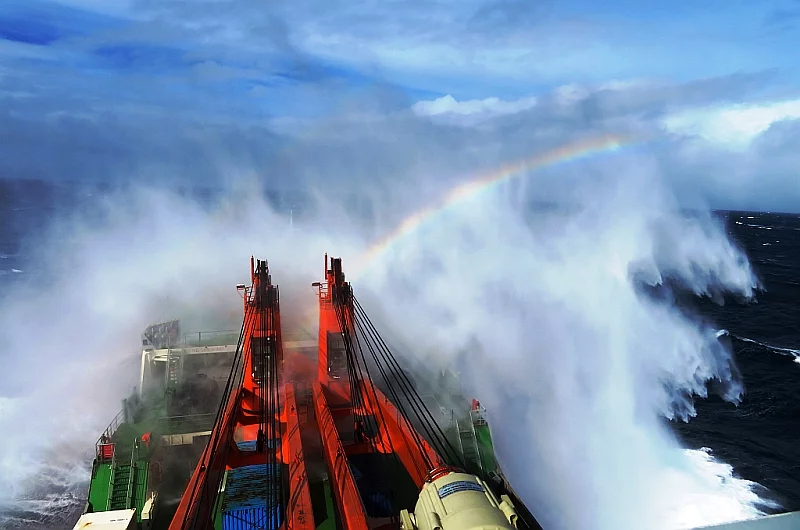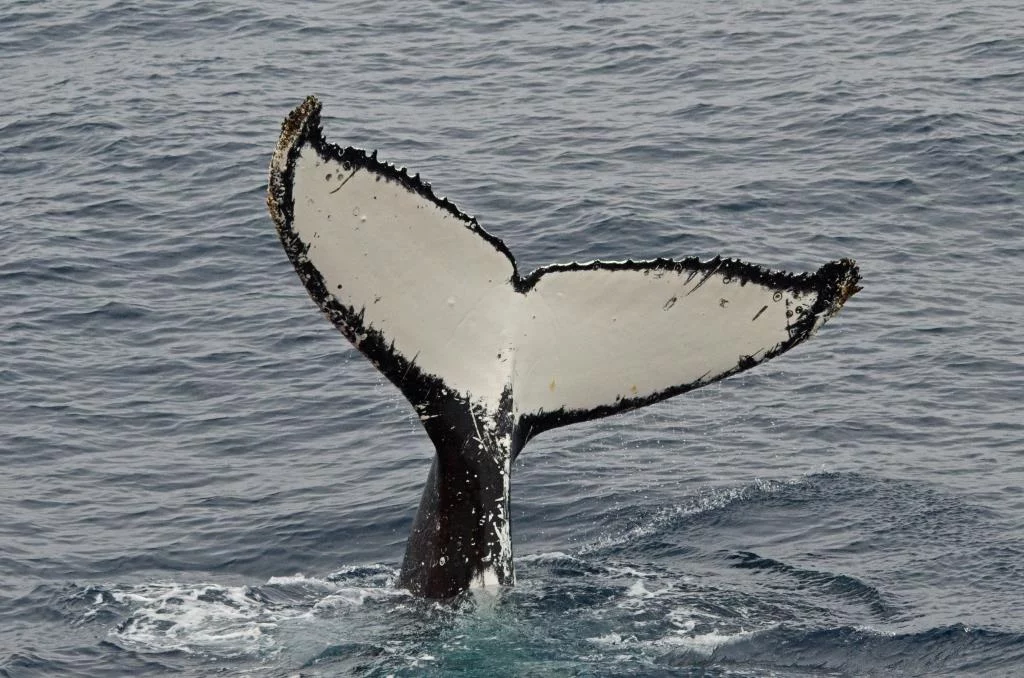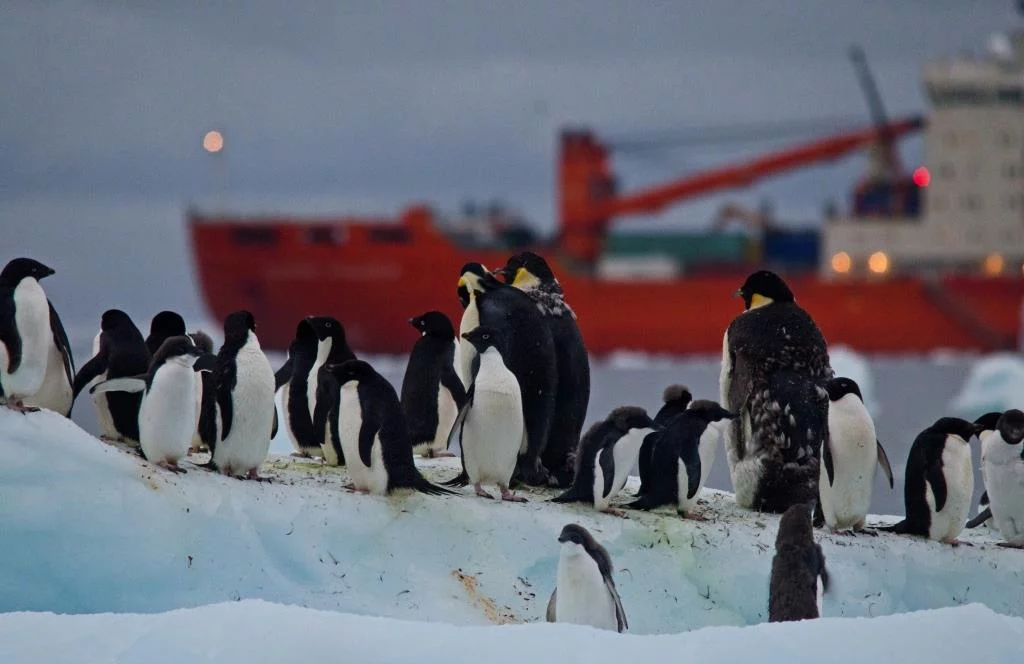Antarctic Blog
24 March 2017
Circumnavigation completed
by Julia Schmale
Position 33°55′S, 18°25′E
Three months it took us to circumnavigate Antarctica in the first expedition led by the newly formed Swiss Polar Institute. The journey took us from Cape Town, South Africa, via Hobart, Tasmania, and Punta Arenas, Chile, back to Cape Town. In these 90 days, on the Russian ice breaker Akademik Tryoshnikov, we navigated through the windiest seas on Earth, the roaring fourties, furious fifties and raging sixties. We visited 10 antarctic and sub-antarctic islands and set foot on the continent itself. This expedition has not only been a once-in-a-lifetime experience for everyone on board, it is also extraordinary compared to the few previous circumnavigations of Antarctica.
Position 33°55′S, 18°25′E
Three months it took us to circumnavigate Antarctica in the first expedition led by the newly formed Swiss Polar Institute. The journey took us from Cape Town, South Africa, via Hobart, Tasmania, and Punta Arenas, Chile, back to Cape Town. In these 90 days, on the Russian ice breaker Akademik Tryoshnikov, we navigated through the windiest seas on Earth, the roaring fourties, furious fifties and raging sixties. We visited 10 antarctic and sub-antarctic islands and set foot on the continent itself. This expedition has not only been a once-in-a-lifetime experience for everyone on board, it is also extraordinary compared to the few previous circumnavigations of Antarctica.
Looking back in time, scientific circumnavigations of Antarctica are rare events. The first to achieve this was James Cook. It took him three summer seasons, 1772 – 1774, to complete the full circle. He was followed by Thaddeus Bellinghausen, who steered his ship around the continent in two years, 1819-1820. About 10 years later, John Biscoe was the third to complete the challenge. In the 20th century only a few scientific missions circumnavigated Antarctica under the British, Norwegian and Soviet flags. The Swiss expedition ACE is now part of a very select series of expeditions. ACE exceeds all previous expeditions in several respects because it was a truly international and interdisciplinary mission. What is more, with ACE we visited 10 islands in series, something that has never been achieved before.
For me personally, the expedition was a unique experience that has left many impressions. Among the highlights are certainly breaking the sea ice for the first time, doing fieldwork amidst more than 200.000 king penguins on South Georgia, visiting 7 out of the 10 islands and being on Antarctica. We have seen many beautiful clouds, rainbows, the Aurora Australis, a solar eclipse and much wildlife such as penguins, seals, whales and seabirds. The ever changing light and reflections on the ice bergs and sea ice are also unforgettable.
For me personally, the expedition was a unique experience that has left many impressions. Among the highlights are certainly breaking the sea ice for the first time, doing fieldwork amidst more than 200.000 king penguins on South Georgia, visiting 7 out of the 10 islands and being on Antarctica. We have seen many beautiful clouds, rainbows, the Aurora Australis, a solar eclipse and much wildlife such as penguins, seals, whales and seabirds. The ever changing light and reflections on the ice bergs and sea ice are also unforgettable.
It is still too early to assess the scientific achievement of the expedition but the preliminary interpretations to our observations provide a mixed image about the state of Antarctica. Clearly, we humans have a significant impact on this fragile environment. Having brought invasive species to the Sub-Antarctic islands, native plants are about to be extinct, and sea birds suffer from rat attacks. Micro-plastics have been found to be ubiquitous crossing the sub- and polar fronts. On a more positive note, blue whale populations are recovering. Whether we found preindustrial-like aerosol conditions remains to be determined after a detailed data analysis, but often we encountered particle concentrations below 100 p/cc (cleaner than in a clean room).
back to all blog entries
back to all blog entries




